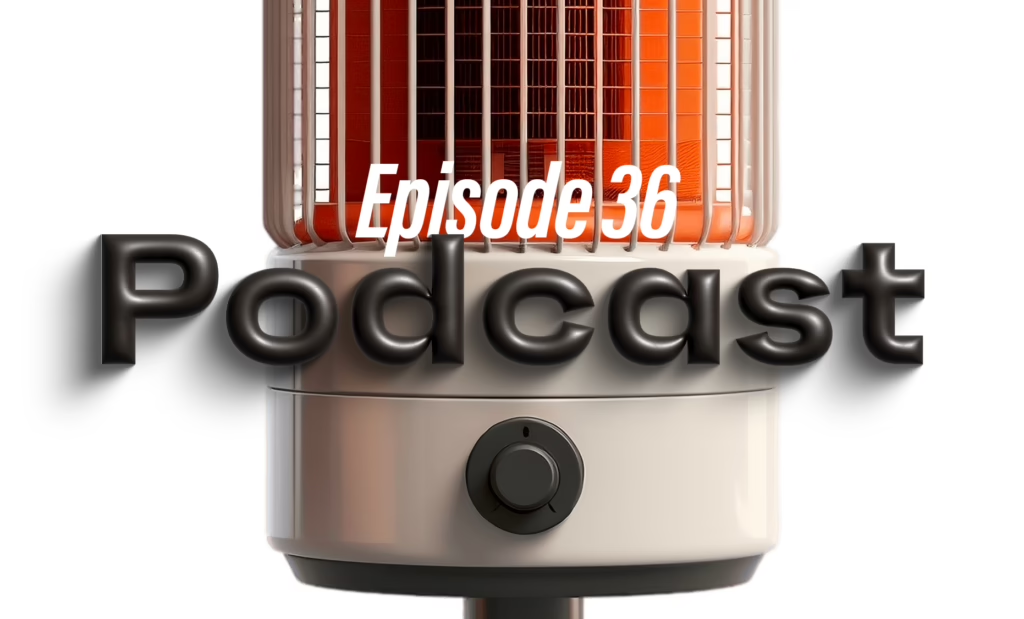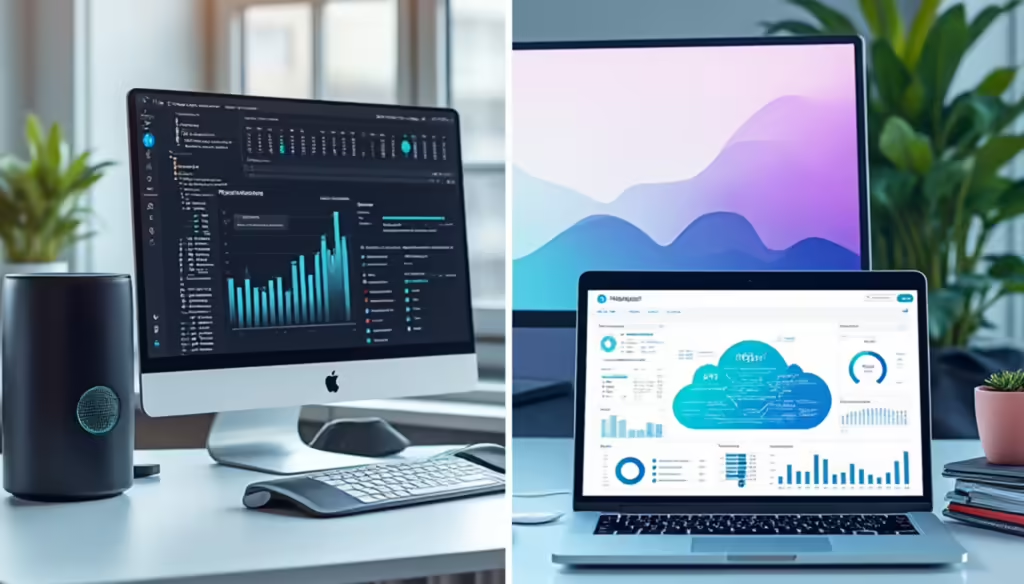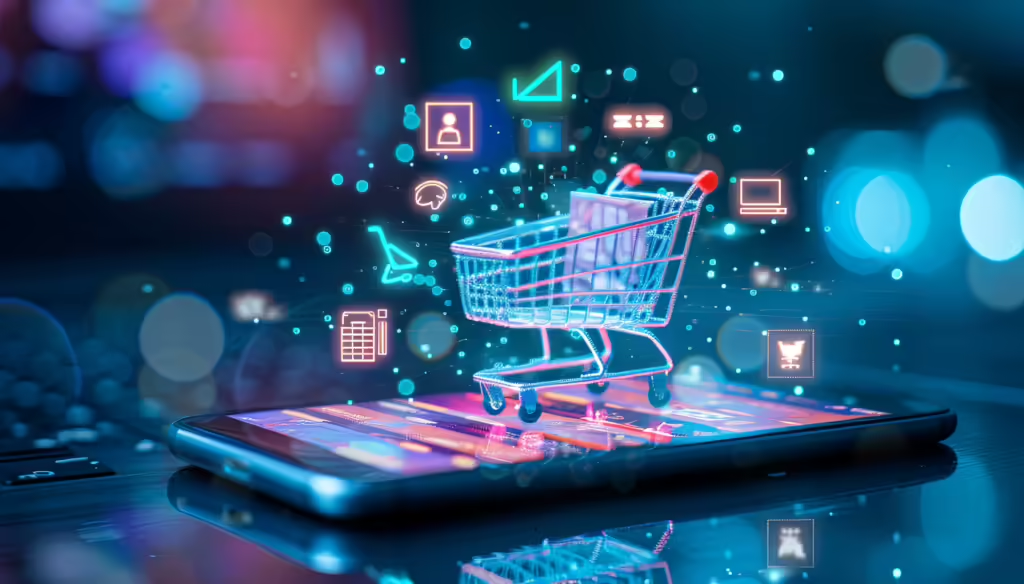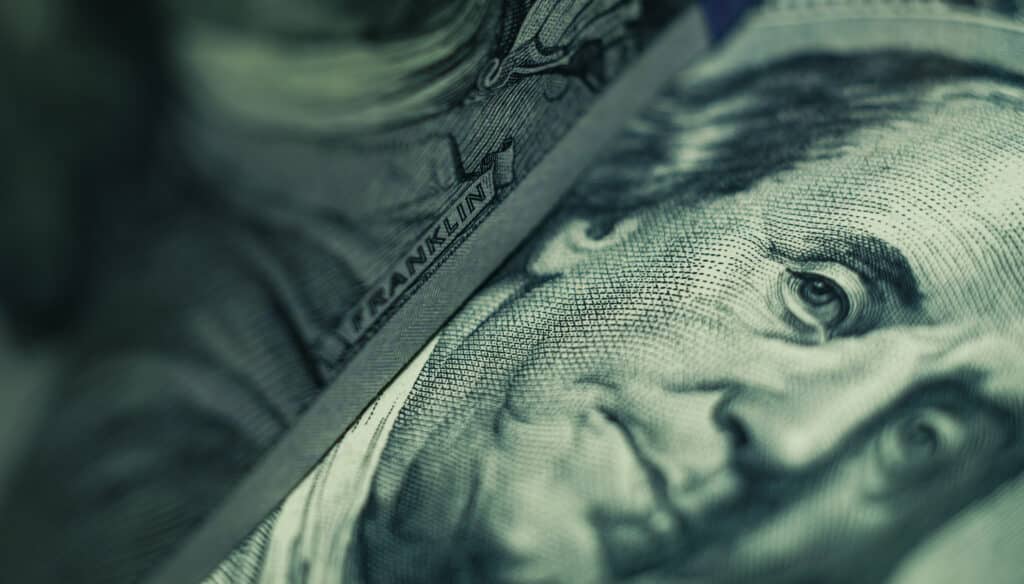With Laurier Mandin and Dave Hopkins
If you’re preparing to launch a new product—or have ever relished the experience of removing one from its packaging—this episode is for you. The popularity of “unboxing” is just one illustration of how important product packaging has become. Packaging is no longer merely to “protect, deliver and entice;” but a highly experiential differentiating opportunity for smart product brands. Guest Dave Hopkins is a packaging advisor who believes great packaging aims to surprise and delight consumers—which translates into a sales and brand-building advantage.
Listen to Dave Hopkins’ “Quickie Podcast – Interviews for Graphic Designers” on iTunes or Spotify.





